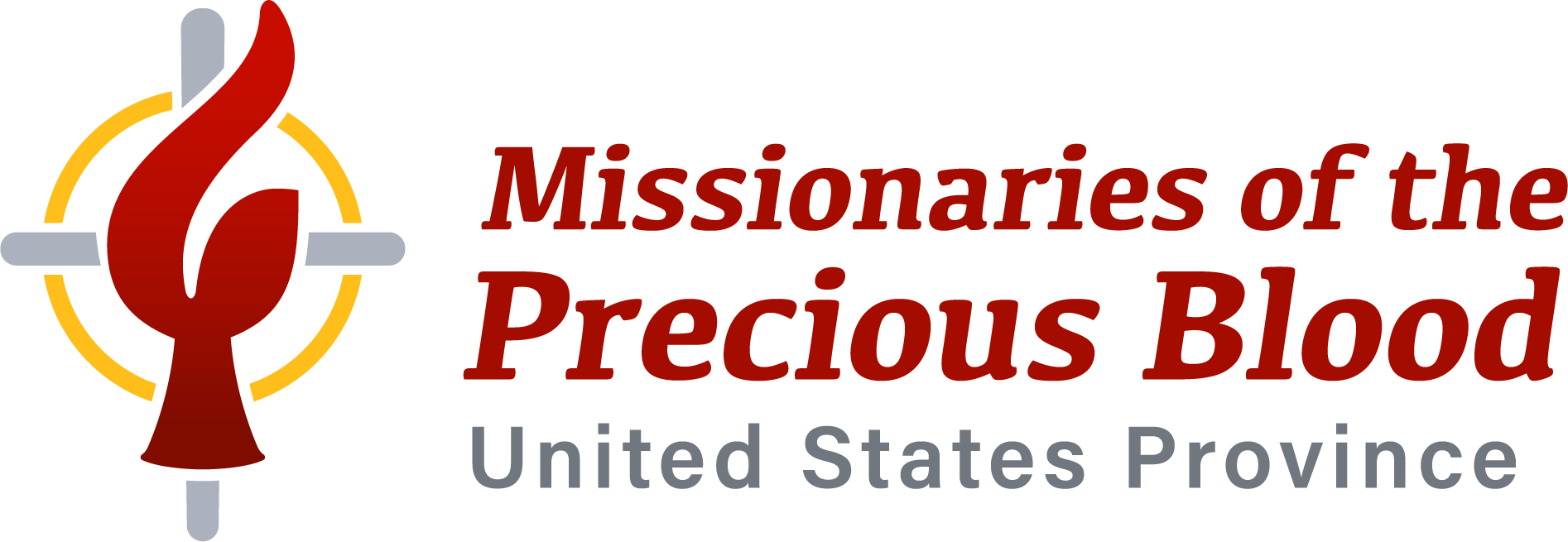by Fr. Jim Betzen, C.PP.S., Leadership Team
In this article, I would like to review the history of Mexican immigration with U.S. Labor, then offer some reflections as a pastor to Mexican immigrants. Not all immigrants who work in the U.S. are from Mexico. Some are from Central and South America and other countries; however, my focus is on Mexican immigration and labor.
In 1942, during World War ii, there was a shortage of laborers in this country. The bracero program allowed Mexicans to work temporarily in the U.S., primarily in the agricultural industry. After the war, most Mexican workers returned to their homes. The bracero program was revived in 1951. In 1962, Cesar Chavez organized the National Farm Workers Association (nfwa) in Delano, California. The first maquiladoras (factories) were built in free trade zones on the Mexican border under the Border Industrialization Program in 1964, which allowed cheap Mexican labor for U.S. companies. The bracero program was again repealed in 1964. The end of the bracero program helped Mexican American labor leaders to unionize farmworkers. In 1965, the Immigration and Naturalization Act limited immigrants to the U.S., and in 1982 the number of maquiladoras increased due to the devaluation of the Mexican peso. In 1994, the North American Free Trade Agreement came into effect, which stimulated trade between the U.S., Mexico and Canada. Increasing trade between the North American countries was the first step of nafta, which was to be followed by a guest worker program; however, the terrorist attacks of September 11, 2001 ended the guest worker plan. From my experience with Hispanic immigrants working at Tyson in Sedalia, Missouri and now at Cargill in Ottumwa, Iowa, many immigrants came in the late 90s to work and live in the United States. With this last wave of Mexican immigrants working in meat processing plants, it is obvious there are many undocumented immigrants here; I have heard estimates from 12-13 million. This data has led to increased concern on both sides of the line, and recommended solutions ranging from border control and deportation to reforming immigration and an amnesty program.
In the U. S., there has been a long history of immigrants doing low skill labor. Immigrant labor today works in meat processing, agriculture jobs, construction, yard care, and custodial work; it is a necessity for our economy. We cannot demand decreased immigration or deportation of foreign workers while wanting a working economy. I would advocate documenting the already 12-13 million undocumented immigrants already in our country who are already a vital part of our work force, as well as a guest worker program allowing foreign workers to come on work visas while keeping their foreign citizenship.
I think that we can learn from our history of Prohibition. I don’t advocate alcoholism or breaking the law, but Prohibition didn’t work since the general public was not in favor of it and it created more lawlessness than lawfulness. Prohibition was repealed and legal alcohol sales and distribution helped restore law and order. The immigration laws of our country are not working either. Immigrants fleeing poverty and violence are coming to the U. S. for jobs and a better life for their families. Our immigration laws are creating lawlessness by making undocumented workers live outside of the law. Border patrol and deportations are not working. Reform of our immigration law and documentation is the solution. When our immigration laws reflect the reality of immigration and labor in our country, then all of us will be better served.
